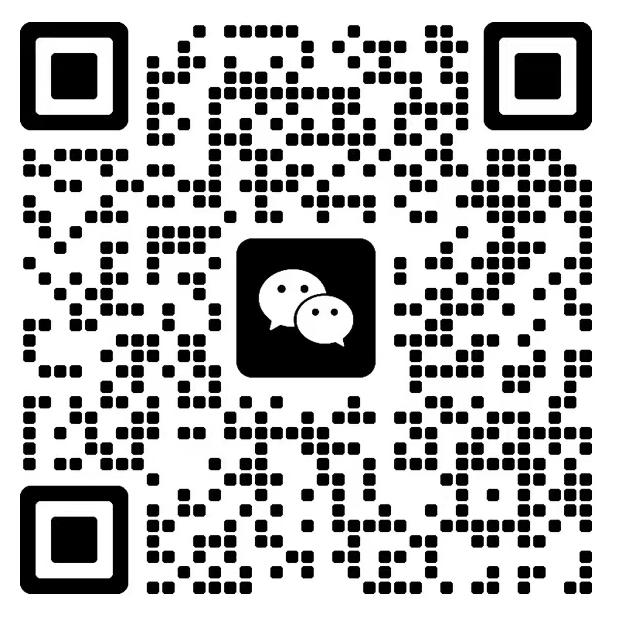Anzhi Teaches You to Easily Handle Electrical Failures
Date:03-17
Hits:198
Belong to:News
1. Observe and investigate the fault phenomenon
The phenomenon of electrical faults is diverse. For example, the same type of fault may have different fault phenomena, and different types of faults may have the same fault phenomenon. The identity and diversity of such fault phenomena bring complexity to fault finding. However, fault phenomena are the basic basis for troubleshooting electrical faults and the starting point for troubleshooting electrical faults. Therefore, it is necessary to carefully observe and analyze the fault phenomena, find out the most important and typical aspects of the fault phenomena, and clarify the time, location, and environment of the fault occurrence;
2. Preliminary determination of fault scope and reduction of fault location
Analyzing the cause of a malfunction based on its symptoms is the key to electrical troubleshooting. The basis of analysis is the basic theory of electrical and electronic technology, which is a full understanding of the structure, principle, and performance of electrical equipment, and a combination of basic theory of electrical and electronic technology and fault practice. There may be many reasons for an electrical fault, and it is important to identify the most important cause among the many reasons;
3. Determine the location of the fault
The determination of the fault location is the final payment and result of electrical fault repair. Determining the fault location can be understood as determining the fault point of the equipment, such as short circuit points, damaged components, etc., as well as determining variations in certain operating parameters, such as voltage fluctuations, three-phase unevenness, etc. The determination of the fault location is based on thorough investigation and careful analysis of the fault phenomenon.
& nbsp; & nbsp; & nbsp; & nbsp; & nbsp; & nbsp; & nbsp; & nbsp; & nbsp; & nbsp; & nbsp; & nbsp; & nbsp; & nbsp; & nbsp; & nbsp; & nbsp; & nbsp; & nbsp; & nbsp; & nbsp; & nbsp; & nbsp; & nbsp; & nbsp; & nbsp; & nbsp; & nbsp; & nbsp; & nbsp; & nbsp; & nbsp; & nbsp; & nbsp; & nbsp; Eight tips for electrical troubleshooting& nbsp; & nbsp; & nbsp; & nbsp; & nbsp; & nbsp; & nbsp; & nbsp; & nbsp; & nbsp; & nbsp; & nbsp; & nbsp; & nbsp; & nbsp; & nbsp; & nbsp; & nbsp; & nbsp; & nbsp; & nbsp; & nbsp; & nbsp; & nbsp; & nbsp; & nbsp; & nbsp; & nbsp; & nbsp; & nbsp; & nbsp; & nbsp;
1. Familiar with circuit principles and determine maintenance plans
When the electrical system of a device malfunctions, do not rush to disassemble it. First, understand the phenomenon, process, scope, and cause of the malfunction. Be familiar with the basic working principles of the device and electrical system, and analyze each specific circuit. Understand the interrelationship between various levels of the circuit and the context of the signal in the circuit, combine practical experience, and through careful consideration, determine a scientific maintenance plan.
For example, to find cable fault points during the commissioning of a cable fault locator for a certain unit, it is necessary to first fully communicate with the technical personnel managing the cable, efficiently obtain relevant information, and develop a maintenance plan. Determine the type of cable fault based on the measured insulation resistance, and then determine the method used for testing. In order to achieve“ Get twice the result with half the effort” Otherwise, it is often“ Get half the result with twice the effort”.
2. First machine loss, then circuit
Electric power equipment is based on the electrical mechanical principle, especially advanced electromechanical integration equipment. Mechanical and electronic functions are organically coordinated, forming two parts of a whole. Often, mechanical components fail, affecting the electrical system, and many electrical components do not function. Therefore, do not be confused by superficial phenomena. Electrical system failures are not all caused by electrical problems, but may be caused by mechanical component failures. Therefore, repairing the faults caused by the mechanical system first, and then eliminating the faults in the electrical part often achieves twice the result with half the effort.
3. First simple, then complex
Troubleshooting requires first using the simplest and most skilled methods to handle faults, followed by complex and accurate methods. When troubleshooting, first eliminate intuitive, obvious, and simple common faults. Troubleshoot difficult and unresolved problems.
4. First check and repair the common diseases, then attack the difficult and miscellaneous diseases
Power equipment is often prone to the same type of failure, which is“ Common Diseases”. Due to the common problems and rich experience accumulated, they can be quickly eliminated. This allows you to focus on and time to eliminate rare, difficult, and eccentric problems, simplify the steps, narrow the scope, and improve the maintenance speed.
5. External debugging before internal processing
External refers to various switches, buttons, sockets, and indicator lights that are exposed to the outside of the electrical equipment to complete the sealing. Internal refers to printed circuit boards, components, and various connecting wires inside the enclosure or seal of electrical equipment. External debugging before internal processing means using the switches, buttons, and buttons on the electrical equipment panel for debugging and inspection without disassembling the electrical equipment to narrow the fault range. Firstly, eliminate the faults caused by external components, and then repair the faults inside the machine to avoid unnecessary disassembly as much as possible.
6. Measure without power first, and then conduct power on test
First, conduct maintenance on the electrical equipment when it is not powered on: confirm that it can be powered on, and then conduct maintenance confirmation on the electrical equipment when it is powered on. When overhauling many faulty electrical equipment, it is not possible to immediately power on, otherwise the fault range will be artificially expanded, more components will be burned, causing undue losses. Therefore, before powering on the faulty machine, first measure the resistance, and then take necessary measuresOnly then can it be powered on for maintenance.
7. First public circuit, then private circuit
"If a common circuit of any electrical system fails, its energy and information cannot be transmitted and distributed to specific dedicated circuits, and the functions of the dedicated circuits will be affected, and their performance will not function.". If the power supply of an electrical device fails, the entire system cannot operate normally, and the energy and information transmitted to various dedicated circuits cannot be realized. Therefore, following the sequence of first public circuit, then dedicated circuit can quickly and accurately troubleshoot electrical equipment.
8. Summarize experience and improve efficiency
The failures of electrical equipment are diverse and bizarre. After the maintenance of any faulty electrical equipment, you should record the fault phenomenon, cause, maintenance process, skills, and experience in a dedicated notebook, learn and master the electromechanical theoretical knowledge of various new types of electrical equipment, be familiar with their working principles, accumulate maintenance experience, and upgrade your own experience to theory. Under the guidance of theory, analyze specific faultsIn order to accurately and quickly troubleshoot. Only in this way can I cultivate myself as an expert in repairing power failures.


